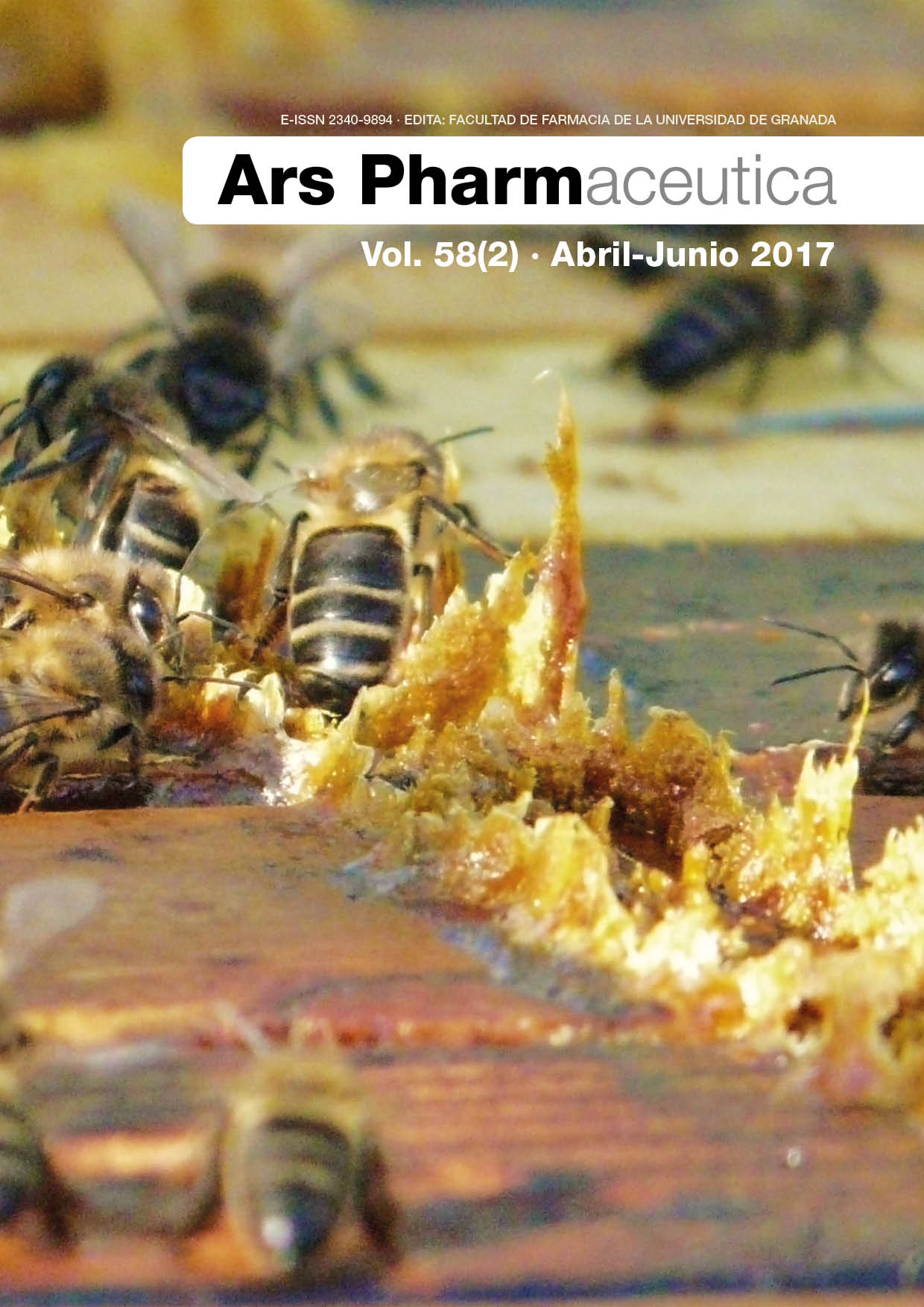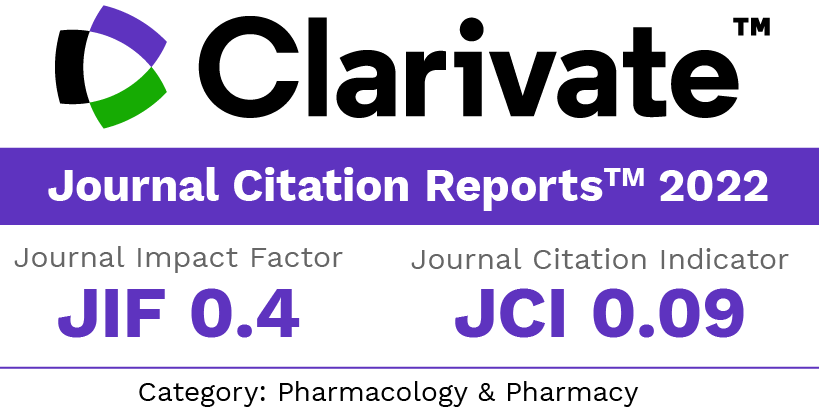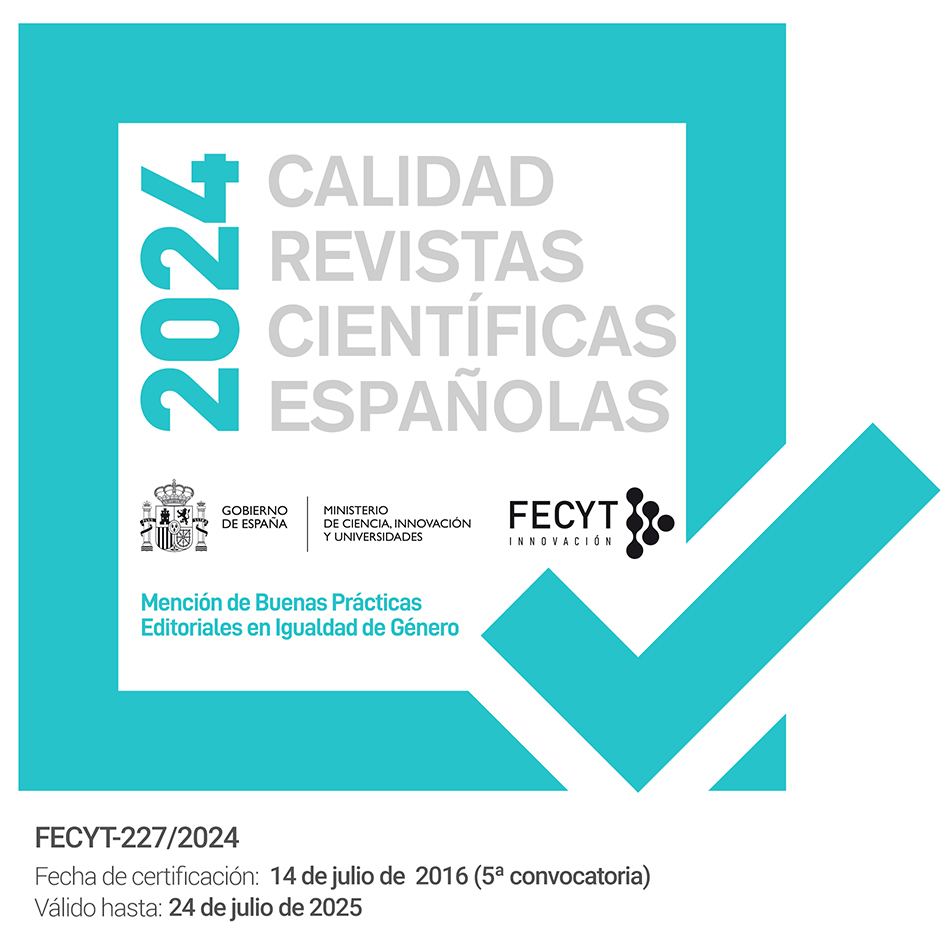Evaluation of diuretic and laxative activity of aqueous extract of Argemone mexicana leaves in rats
DOI:
https://doi.org/10.30827/ars.v58i2.6379Keywords:
Argemone mexicana, Diuretic, Laxative, Frusemide, Sodium Picosulfate, LoperamideAbstract
Objectives: Argemone mexicana have been widely studied for its several pharmacological benefits and has been used in traditional medicine to treat constipation like symptoms. The present study carried out to evaluate the extract for its diuretic and laxative potential.
Method: The aqueous extract of Argemone mexicana prepared using percolation method and subjected to phytochemical analysis. Evaluation of diuretic and laxative activity was carried out using metabolic cage apparatus and flame photometer as per the standard method reported earlier. Frusemide (20 mg/kg) and sodium picosulate (5 mg/kg) were served as positive control for diuretic activity and laxative activity respectively.
Result: The extract showed significant diuretic activity at 250 mg/kg dose when compared to standard frusemide. Even this extract also effective in increasing electrolyte concentration. Whereas the extract at 250 mg/kg showed significantly increasing in fecal output, and also significantly increased the weight of feces at 100 mg/kg and 200 mg/kg dose.
Conclusion: The previous significant finding supports the traditional use of Argemone mexicana for its diuretic and laxative potential
Downloads
References
Sourabite T. S., N. Ouedraogo, W. R. Swadogo, J.B. Nikiema, I.P. Guissou et al. Biological evaluation of anti-inflammatory and analgesic activities of Argemonae mexicana Linn.(papaveraceae) aqueous leaf extract. Int J Pharma Sci Res 2012;3(9): 451-458.
Sneha Anarthe and Sanjay Chaudhari, Neuropharmacological study of Argemonae mexicana Linn. J Applied Ph Sci. 2011;1(4): 121-126.
Khalid S.A., A new chromatographical method for the detection of Argemone mexicana alkaloids in alcoholic drinks native to Sudan. In: 34th International Congress on alcoholism and drug dependence. Calgary, Alberta, Canada, August.1985.
Shyam Prasad G, Dhanapal R. Antibacterial and antifungal activity of methanolic extract of Argemone mexicana leaves. Int J Phytopharmacol. 2010;1(2): 64-67.
Kiranmayi.Gali, G. Ramakrishnan, R. Kothai, B. Jaykar. In-vitro anti-cancer activity of methanoli extract of leaves of Argemone mexicana Linn., Int J Pharm Tech Research. 2011; 3(3):1329-1333.
Perumal P, Sekar V, Rajesh V, Gandhimathi S, Sampathkumar R, Shuja Nazimudin K.H. Invitro Antioxidant activity of Argemone mexicana Roots, Int J Pharm Tech Res. 2010; 2(2): 1477-1482.
Nayak PS, Kar DM, Nayak SP. Antidiabetic activity and modulation of antioxidant status by fraction of Argemone maxicana in alloxan induced diabetic rats. Int J Green Pharm. 2012;6: 321-329.
Urabie T.S., N. Ouedraogo , W.R. Sawadogo , J.B. Nikiema , I.P. Guissou and O. G. Nacoulma. Biological evaluation of anti-inflammatory and analgesic activities of Argemone mexicana Linn. (Papaveraceae) aqueous leaf extract, Int J Pharm Sci Res. 2012;3 (9): 451-458.
United State Pharmacopoeial Convention Inc United State Pharmacopoeia. 34th edition (Webcom Limited, Toronto, Ontario, Canada).2011.
Goutam Brahmachari, Dilip Gorai and Rajiv Roy. Argemone mexicana: chemical and pharmacological aspects. Rev Bras Farmacogn. 2013;23(3): 559-575.
Bairagi Shripad M, Aher Abhijeet A, Nema Nitin and Pathan Inayat B. Evaluation of anti-diarrhoeal activity of the leaves extract of Ficus Microcarpa L. (Moraceae). Marmara Pharm J. 2014; 18: 135-138,
OECD. The basis of toxicity testing. New York: Paris CRS Press LLC.2008: 43-58.
Muhammad Asif, Qaiser Jabeen, Muhammad Atif, Amin Malik Shah, Abdul Majid and Muhammad Qamar Uz Zaman. Diuretic Activity of Achyranthes aspera Linn Crude Aqueous Extract in Albino Rats. Trop. J Pharm Res. 2014; 13(12): 2039-2045.
K. K. Hullatti, U. V. Gopikrishna and I. J. Kuppast. Phytochemical investigation and diuretic activity of Cyclea peltata leaf extracts. J Adv Pharm Tech Res.2011; 2(4): 241-244.
M. Chinna Eswaraiah, A. Elumalai, M. Nikitha, Areefa S, A. Mamatha and Srikanth N. Evaluation of Diuretic Activity of Aqueous and Methanol Extracts of Sesbania grandiflora Linn. In Rats. Int. J Pharmtech. 2012; 4(2):835-838.
Jeffery GH, Bassett J, Mendham J, Denney RC. Vogel’s textbook of quantitative chemical analysis. 5th ed. London: Longman Scientific & Technical. 1989:801.
Beckette AH, Stenlake JB. Practical pharmaceutical chemistry, Part-I. 4th ed. London: Athlone Press. 1988:197.
Souleymane Meite, Calixte Bahi, Dodehe Yeo, Jacques Y Datte, Joseph A Djaman and David J Nguessan. Laxative activity of Mareya micrantha (Benth.) mull. arg. (Euphorbiaceae) leaf aqueous extract in rats. BMC Complementary and Alt Med. 2010:10:7.
Upendarrao Golla, Gajam PK and Bhimathati SS. Evaluation of diuretic and laxative activity of hydro-alcoholic extract of Desmostachya bipinnata (L.) Stapf in rats. J Integr Med. 2014; 12(4): 372-378.
Mikhail O Nafiu, Taoheed A Abdulsalam, Rukayat O Jimoh and Mutiu I Kazeem. Ameliorative Effects of Lecaniodiscus cupanioides (Sapindaceae) Aqueous Root Extract in Loperamide Induced Constipated Rats. Trop. J. Pharm Res. 2015;14 (6):1057-1062.
Swapnil Sharma, Sarvesh Paliwal, Jaya Dwivedi and Amita Tilak. First report on laxative activity of Citrullus lanatus. Pharmacologyonline. 2011;2: 790-797.
Tosan Charles Akapa, Shakirideen Mayowa Obidola and Folashayo Opeyemi Philip. Loperamide induced constipated Wister rats: laxative role of aqueous extract of Acacia ataxacantha leaves. World J Pharm Pharma Sci. 2014;3 (12): 189-199..
B.Venkateswarlu and D. Senthil Nagaraj. Laxative activities of aqueous extract of Alphitonia Zizyphoides (Sprenger) A. Gray (Rhamnaceae) Bark in Rats. Int J Pharmacol and Toxicol. 2013;3 (1):34-38.
Downloads
Published
How to Cite
Issue
Section
License
The articles, which are published in this journal, are subject to the following terms in relation to the rights of patrimonial or exploitation:
- The authors will keep their copyright and guarantee to the journal the right of first publication of their work, which will be distributed with a Creative Commons BY-NC-SA 4.0 license that allows third parties to reuse the work whenever its author, quote the original source and do not make commercial use of it.
b. The authors may adopt other non-exclusive licensing agreements for the distribution of the published version of the work (e.g., deposit it in an institutional telematic file or publish it in a monographic volume) provided that the original source of its publication is indicated.
c. Authors are allowed and advised to disseminate their work through the Internet (e.g. in institutional repositories or on their website) before and during the submission process, which can produce interesting exchanges and increase citations of the published work. (See The effect of open access).























